Inge Beck led a circular walk which started from the National Trust’s Cookham Moor car park on Sunday 21 August. The morning started out warm but cloudy, heating up as the cloud cover slowly dispersed. A female Banded Demoiselle, with greenish-tinged wings, was photographed in the car park. First stop was the Fleet Bridge on the Causeway, which crosses Cookham Moor. The lush vegetation in the wetland below the bridge was in sharp contrast with the dry and drought-stricken conditions elsewhere. There were tall Bulrush spikes and wetland flowers included Purple and Yellow Loosestrife, Orange Balsam and Square-stalked St John’s-wort. Small tufts of Wall Rue were growing on the north side of the bridge, while a sprawling clump of Dwarf Mallow was found on the approach road. Inge pointed out a tall Lime tree on the far side of Cookham Moor which had been planted to celebrate the Silver Jubilee of George V. She showed a picture of a 1936 Stanley Spencer painting of the newly-planted tree. The walk continued along Cookham High Street, past the Stanley Spencer Gallery and along Mill Lane to the River Thames, which at this point looks across to the steep woods of the Cliveden Estate. The route then led southwards along the Thames Path. Plants found here included Common Valerian, Dewberry, Wild Angelica, Water Mint, Water Figwort and Orange Balsam. Looking down onto the smooth surface of a sheltered stretch of river edge, it looked as if most of the many Pond Skaters were paired up, but when they turned, it became apparent that the second part of each pair was actually its own reflection.
The next section of the walk crossed the recently acquired Battlemead Nature Reserve. A hay crop had been taken from the first field, which was now brown and dusty. The path ran next to the longer vegetation which had been left uncut at the edge of the field. This was dominated by tall Teasels and Thistles. Both Greater and Lesser Burdock were found here and it was interesting to compare the two species. The Greater Burdock had long flower stalks, its leaves were as long as they were wide and the stems of its basal leaves were solid; the Lesser Burdock had short flower stalks, its leaves were longer than wide and the stems of the basal leaves were hollow. A distinctive smell betrayed the presence of prostrate clumps of Lesser Swine-cress in the path. The path led through a low-lying wooded section which regularly floods in winter. A number of owl boxes had been attached to trees here. The path continued along the boundary of the next field, where the first butterfly of the morning, a Small Heath, was seen. The route then crossed the rough grass of the National Trust’s Widbrook Common. Flowers seen here included Meadow Vetchling, Common and Greater Bird’s-foot-trefoil, Musk Thistle, Bristly Oxtongue and Autumn Hawkbit and a few Meadow Brown butterflies were flying. The White Brook crosses the Common, and at one point where there was a gap in the bankside vegetation, the stream was inspected more closely, revealing Brooklime, Water-plantain and abundant Reed Sweet Grass. Continuing to the southern tip of the Common, a Red Admiral butterfly flew along a bramble-laden hedgerow. A footbridge crosses the White Brook here, giving close-up views of both Lesser Water-parsnip and Fool’s Water-cress, the latter having brighter green and less deeply toothed leaves. Also seen here were Water Dock, Gypsywort, Water Mint and a good-sized Common Frog. The path crossed a recently-harvested corn field to the junction of the Strand Water and the White Brook, where Inge has seen Grass Snake and Kingfisher in the past, although neither was present this time. The final section of the walk followed the Strand Water back towards Cookham. Leaves on the stream-side Alders were riddled with holes, the feeding damage of numerous Alder Leaf Beetles. A fresh-looking Brown Argus butterfly was resting with wings open on a Yarrow flower-head and further on, a Holly Blue was seen on Ivy. Galls created by the locally rare Eriophyes exilis (a gall mite) were found at the junction of the leaf veins on a hybrid lime tree. (A number of other galls had been found earlier in the walk.) The path emerged next to Moor Hall, then the group walked back across Cookham Moor to the starting point.
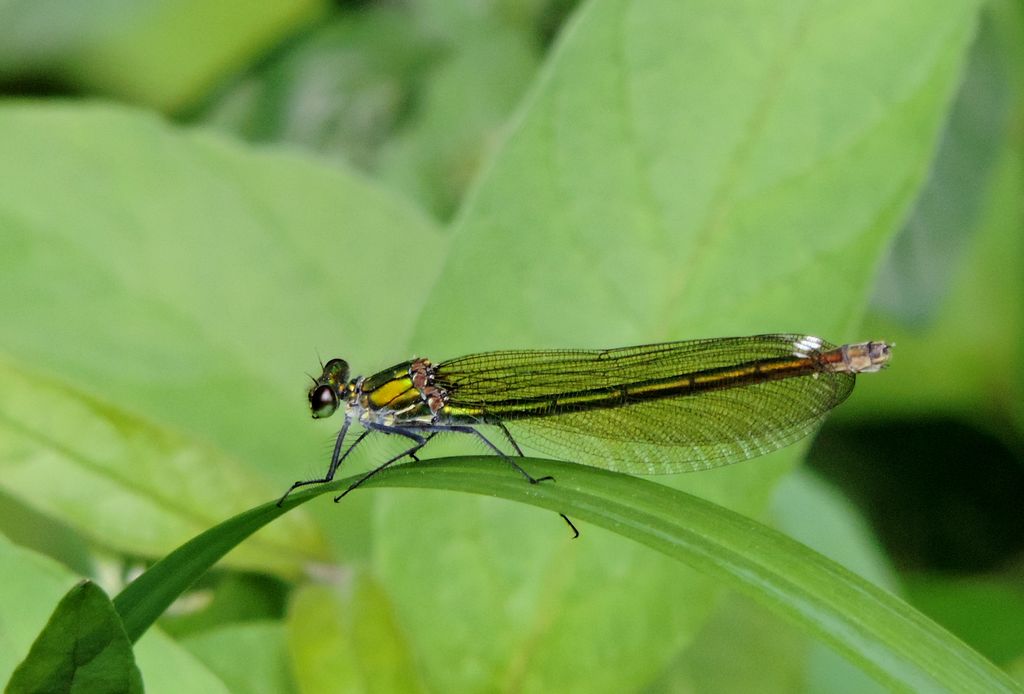
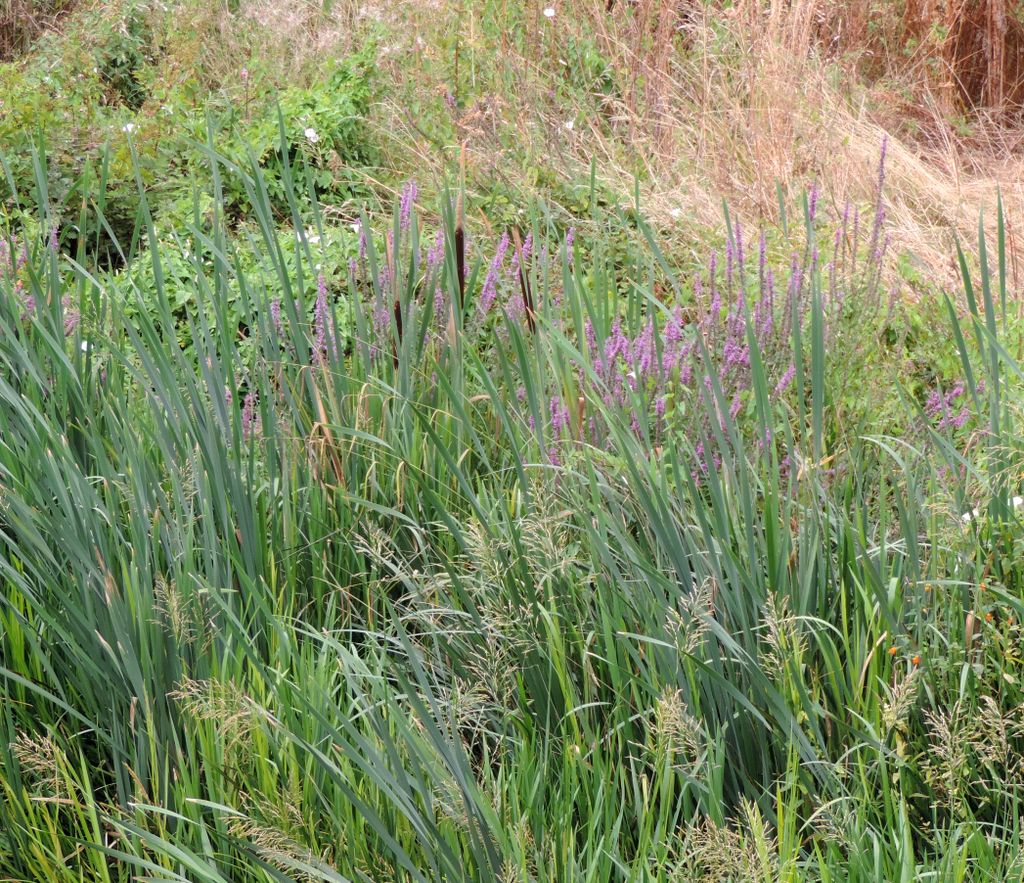
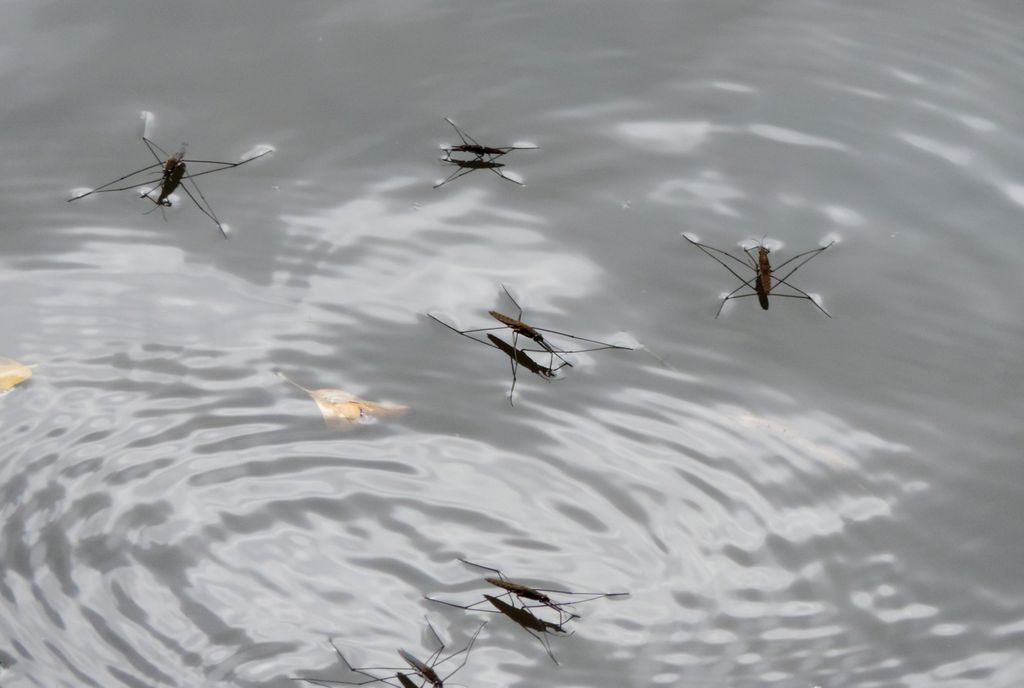
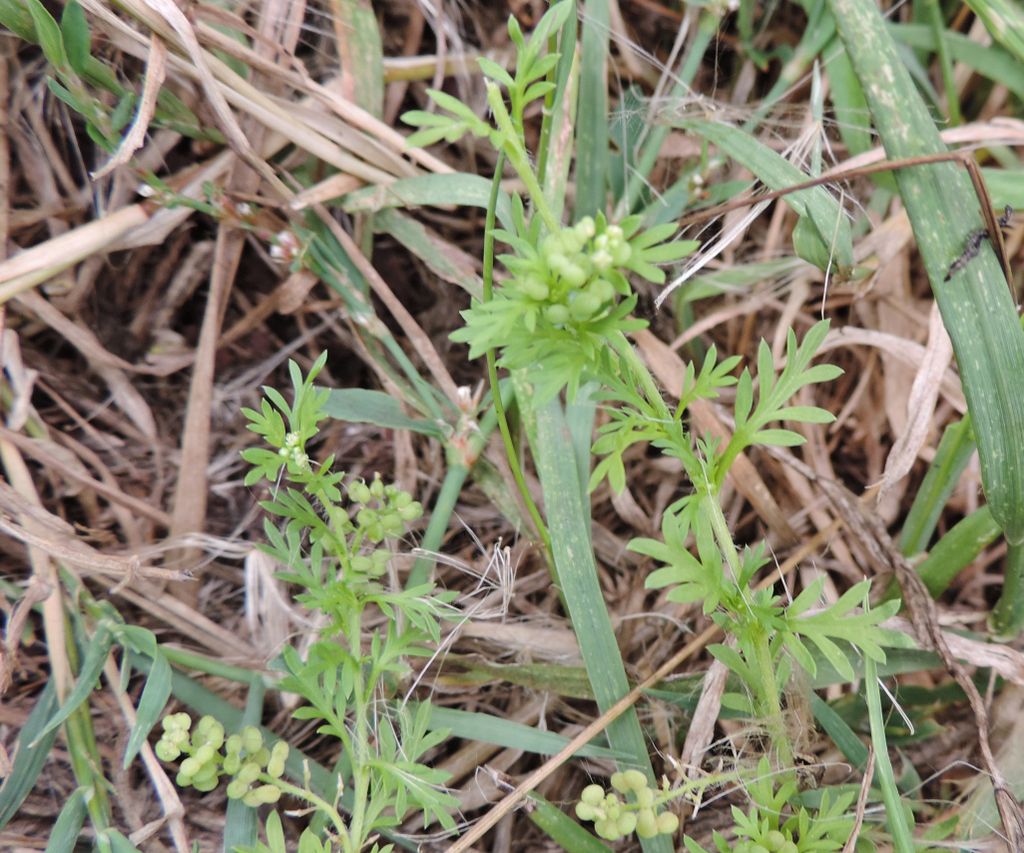
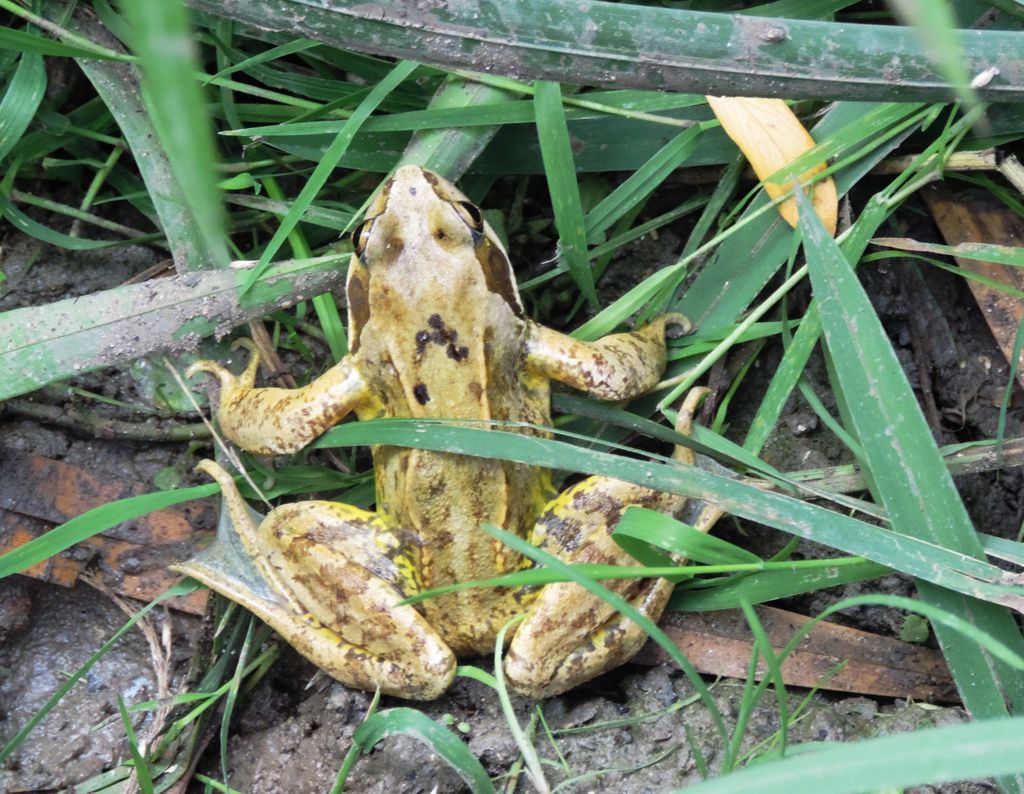
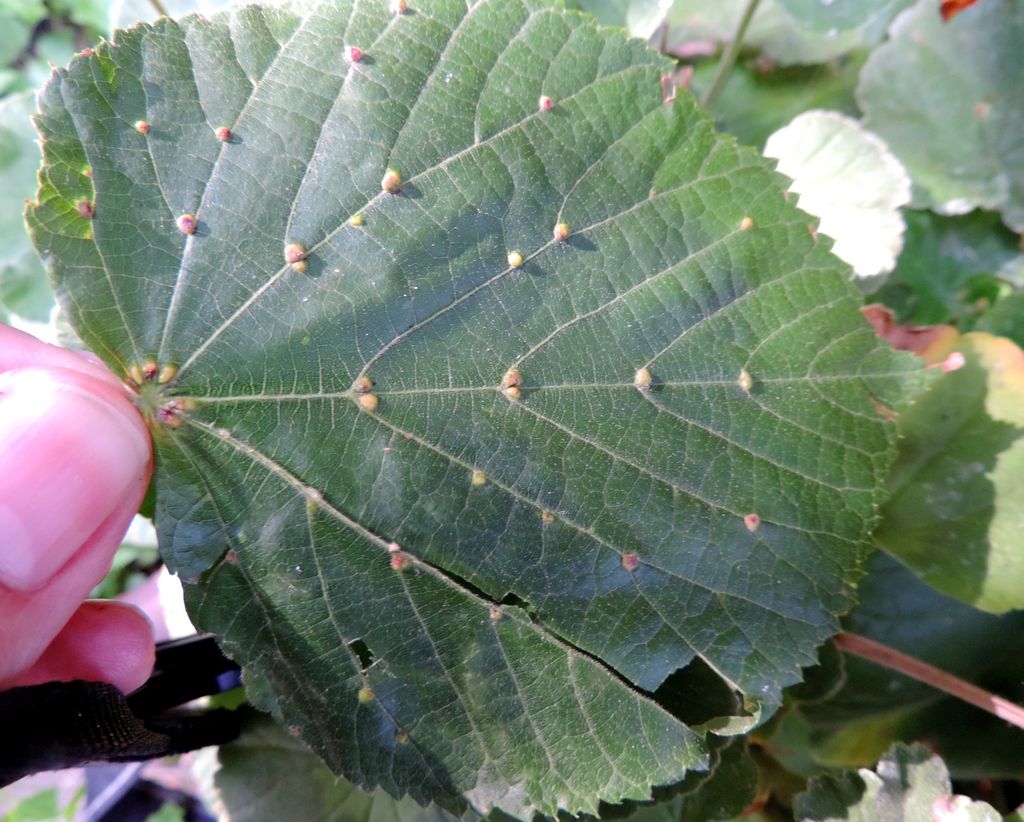
Pictures by Rob Stallard
